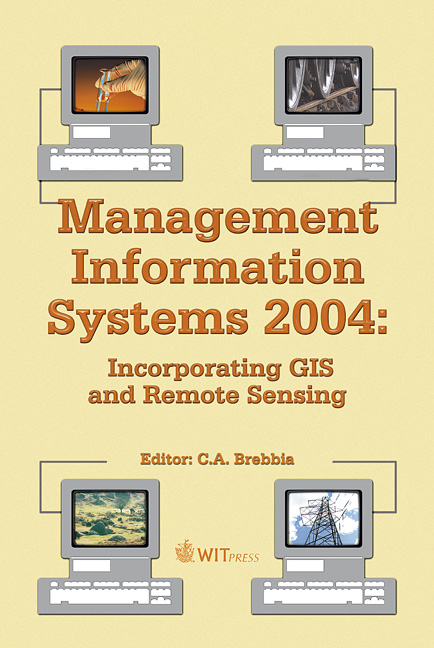Remote Quantification Of Chlorophyll In Productive Turbid Waters
Price
Free (open access)
Volume
32
Pages
9
Published
2004
Size
404 kb
Paper DOI
10.2495/MIS040161
Copyright
WIT Press
Author(s)
R. Khanbilvardi , Y. Yacobi , A. Gitelson & B. Shteinman
Abstract
The objectives of this paper were to study the spectral features of reflectance of inland waters in order to find spectral features, which are closely related to phytoplankton chlorophyll concentration, and to devise algorithms for chlorophyll estimation using remotely sensed data. The information gained from several spectral bands in the red and near-infra-red ranges of the spectrum were found to be sufficient for accurate retrieval of chlorophyll concentration in productive turbid waters. These algorithms were validated in Lake Kinneret, Israel as well as in other environments, with slight modification of the coefficients: the polluted water of Haifa Bay (Mediterranean Sea), fish ponds and wastewater reservoirs in Israel, and lakes with diverse trophic status in Israel, and lakes with diverse trophic status in northwestern Iowa and eastern Nebraska (USA). 1 Introduction The Chl concentrations in Lake Kinneret, Israel, range from less than 5 mg/m3 to hundreds of mg/m3 [1]. The spatial distribution of Lake Kinneret phytoplankton is very heterogeneous, particularly when the dinoflagellate Peridinium gatunense in almost all years forms a dense bloom from February through May [2,3]. Funding considerations limit the sampling schedule to a few stations, and routinely to a single station, located above the deepest point of the lake. It is R. Khanbilvardi , Y. Yacobi , A. Gitelson & B. Shteinman Yigal Allon Kinneret Limnological Laboratory, Israel Israel Oceanographic and Limnological Research,
Keywords





